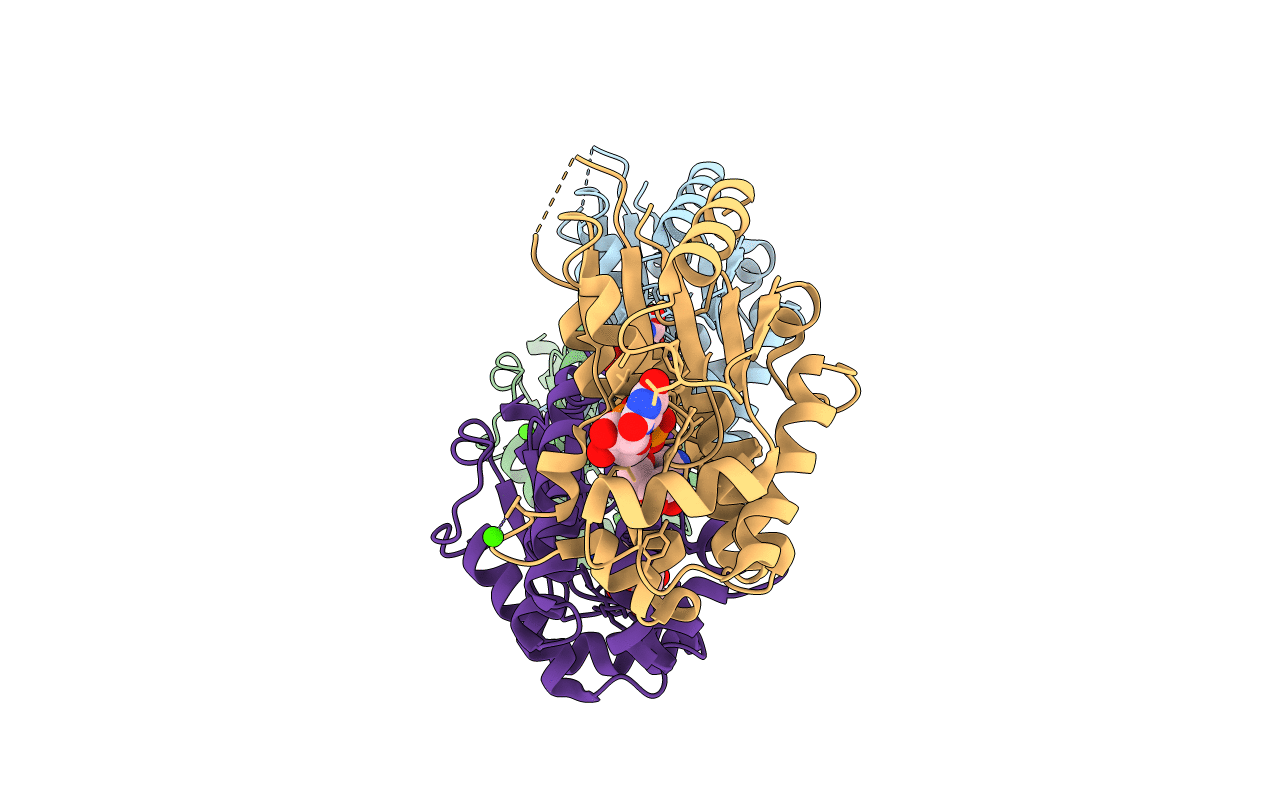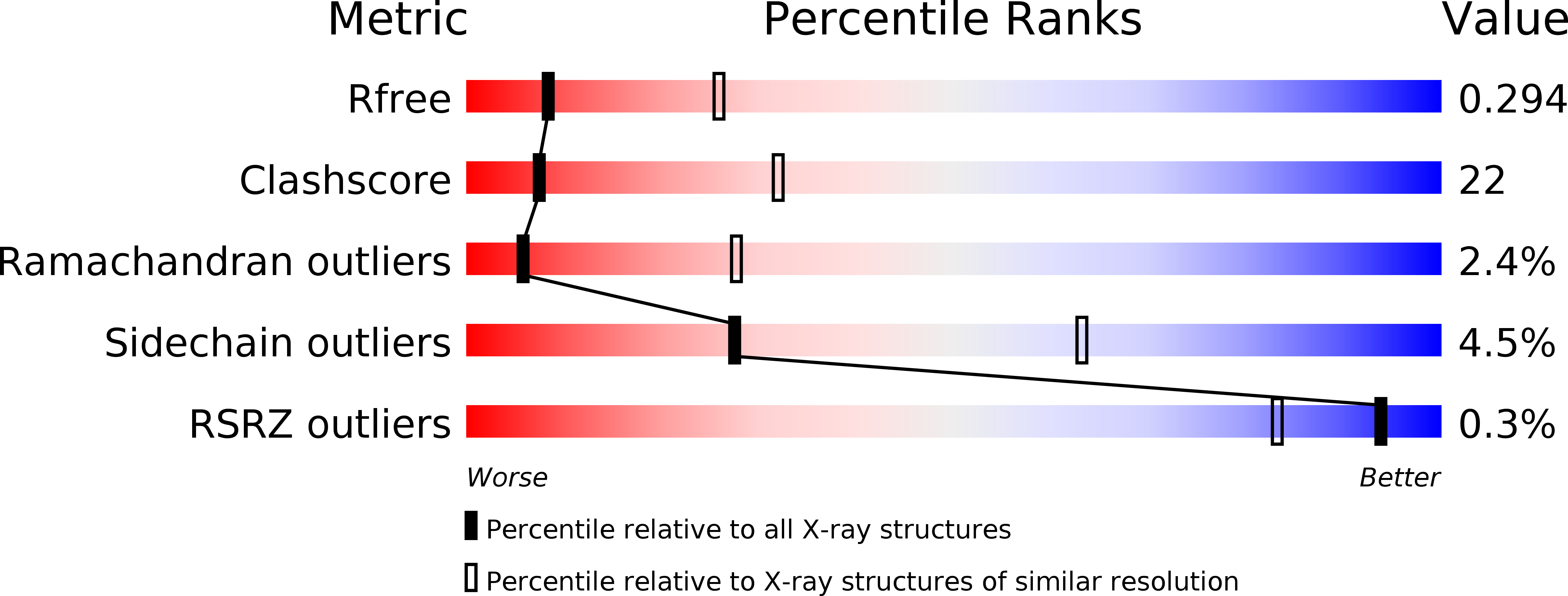
Deposition Date
2005-06-23
Release Date
2006-01-17
Last Version Date
2023-08-23
Entry Detail
PDB ID:
2A2Z
Keywords:
Title:
Crystal Structure of human deoxycytidine kinase in complex with deoxycytidine and uridine diphosphate
Biological Source:
Source Organism:
Homo sapiens (Taxon ID: 9606)
Host Organism:
Method Details:
Experimental Method:
Resolution:
3.02 Å
R-Value Free:
0.3
R-Value Work:
0.24
R-Value Observed:
0.25
Space Group:
P 21 21 21


